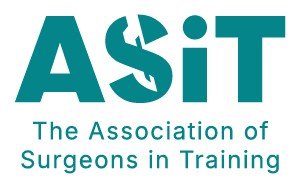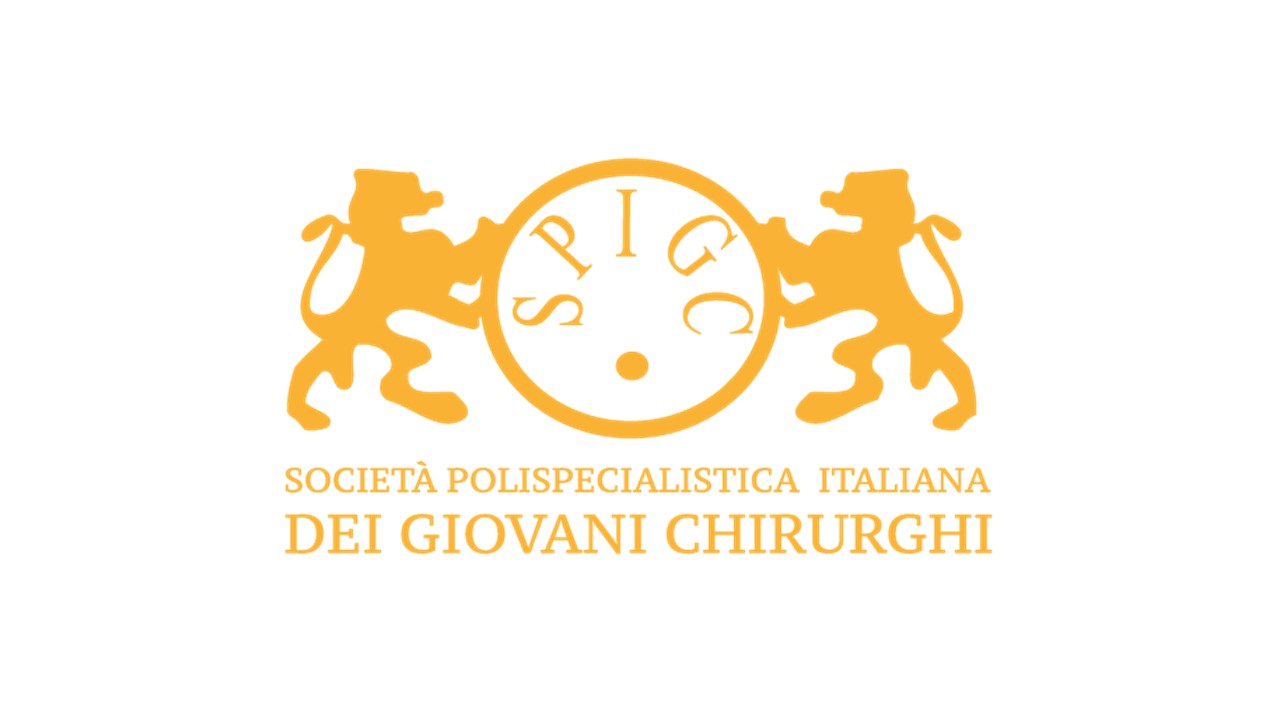BJS Academy>Surgical science>Creeping fat.
Creeping fat.
Alyson Kim BA1; Lillias H. Maguire, MD2,3
Affiliations:
1 Drexel University College of Medicine, Philadelphia, Pennsylvania
2 Department of Surgery, University of Pennsylvania, Philadelphia, Pennsylvania
3 Corporal Michael J. Crescenz VA Medical Center, Philadelphia, Pennsylvania
Related articles

What happens to adipose tissue after obesity surgery.
David J. Leishman1 and Sayeed Ikramuddin1
1Department of Surgery, University of Minnesota, Minneapolis, MN, USA
Based on Dynamics of adipose tissue macrophage populations after gastric bypass surgery. Read the paper Download Author profiles

Are in vitro chip models the future of necrotizing enterocolitis research?
Ioannis A. Ziogas, MD, MPH, Ankush Gosain, MD, PhD Department of Pediatric Surgery, Children's Hospital of Colorado, Aurora, CO, 80045, USA
Article Review Lanik WE, Luke CJ, Nolan LS, et al. Microfluidic device facilitates in vitro modeling of human neonatal necrotizing enterocolitis-on-a-chip. JCI Insight. 2023;8(8):e146496. Necrotizing enterocolitis (NEC) is a severe, potentially fatal disease seen in premature neonates that results in intestinal injury and necrosis.1 The pathophysiology of NEC is based on loss of intestinal barrier integrity, translocation of bacteria across the gut barrier, and sepsis. The use of in vitro models is important to accelerate NEC research, given the shortage of surgically obtained samples from preterm neonates. The main limitation of currently available monotypic epithelial cell line in vitro models is the inaccurate simulation of the multiple cell types and complex intestinal dysbiosis implicated in NEC.2 On the other hand, the available intestinal organoid models can differentiate subtypes of intestinal epithelial cell and have apical-basolateral polarity within a three-dimensional spherical architecture. The limitation is the inability to assess the effect of microbial interactions or therapeutics on the apical epithelial surface.3 Notably, advances in microfluidic technology have led to the development of intestine-on-a-chip models that can simulate the human small intestine microenvironment through cellular differentiation, formation of three-dimensional villus-like axes, mucus production, continuous luminal flow, and mimicry of peristalsis.4
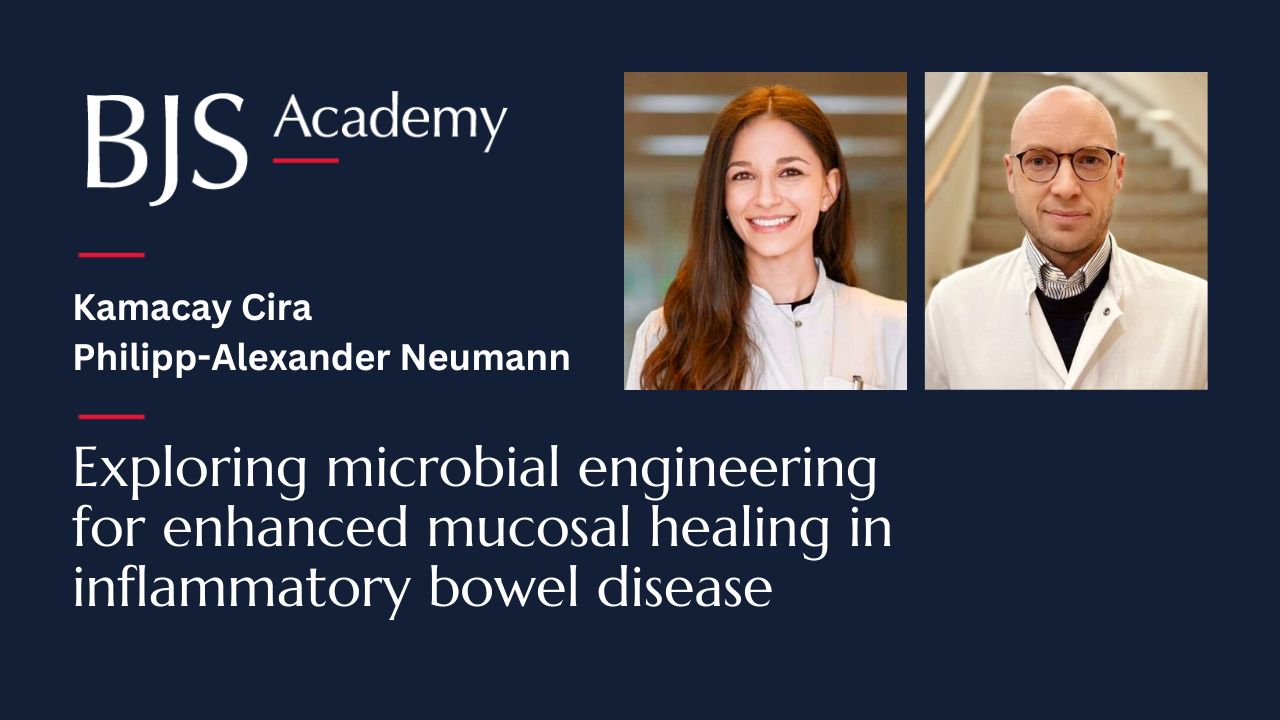
Exploring microbial engineering for enhanced mucosal healing in inflammatory bowel disease
Kamacay Cira, MD; Philipp-Alexander Neumann, MD
Department of Surgery, Klinikum rechts der Isar, TUM School of Medicine and Health, Technical University of Munich, Munich, Germany
Article Review
Copied!
Connect

Copyright © 2025 River Valley Technologies Limited. All rights reserved.

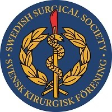




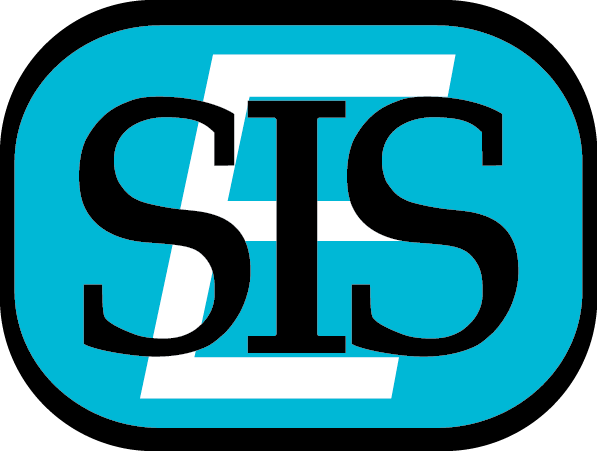

.jpg)
